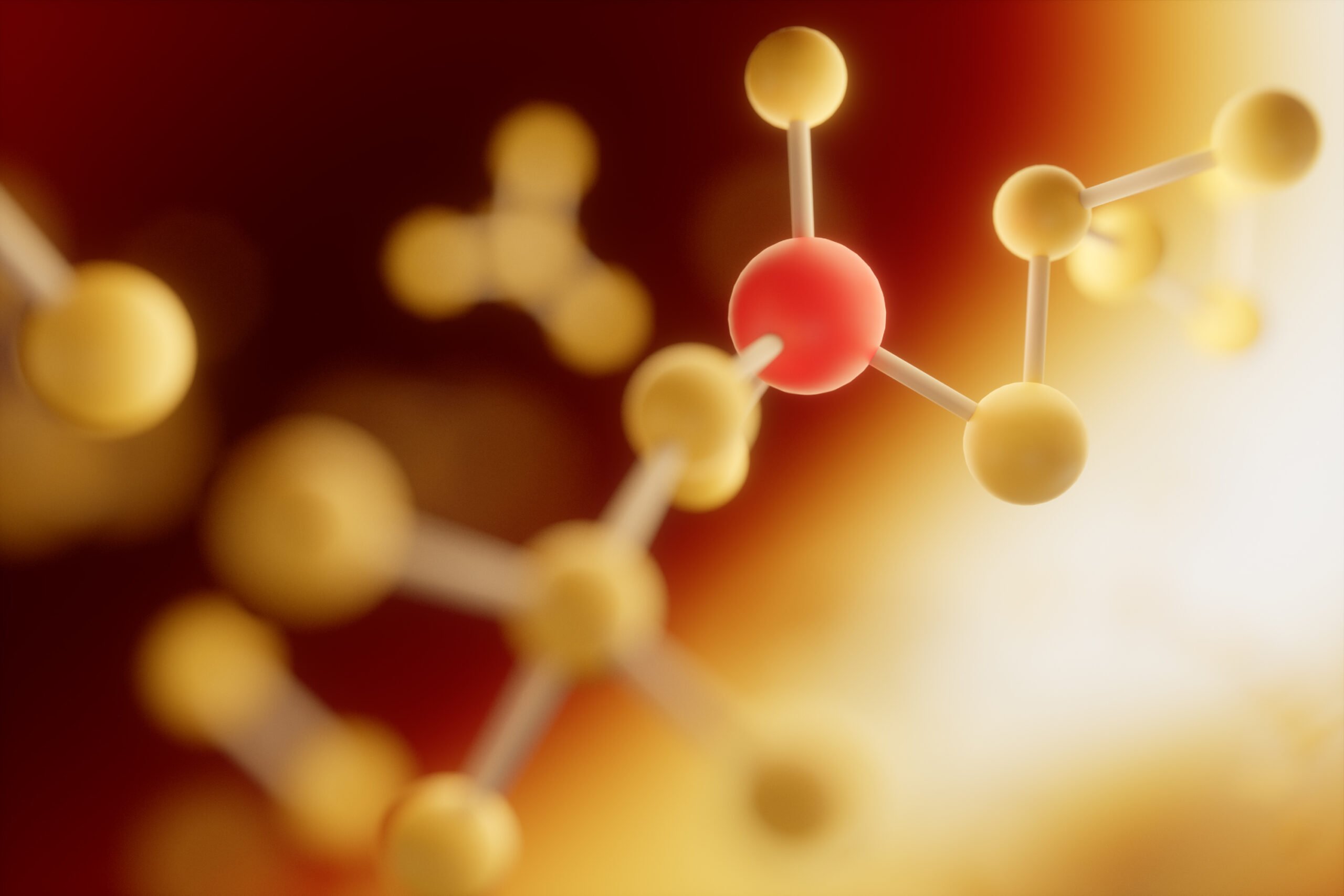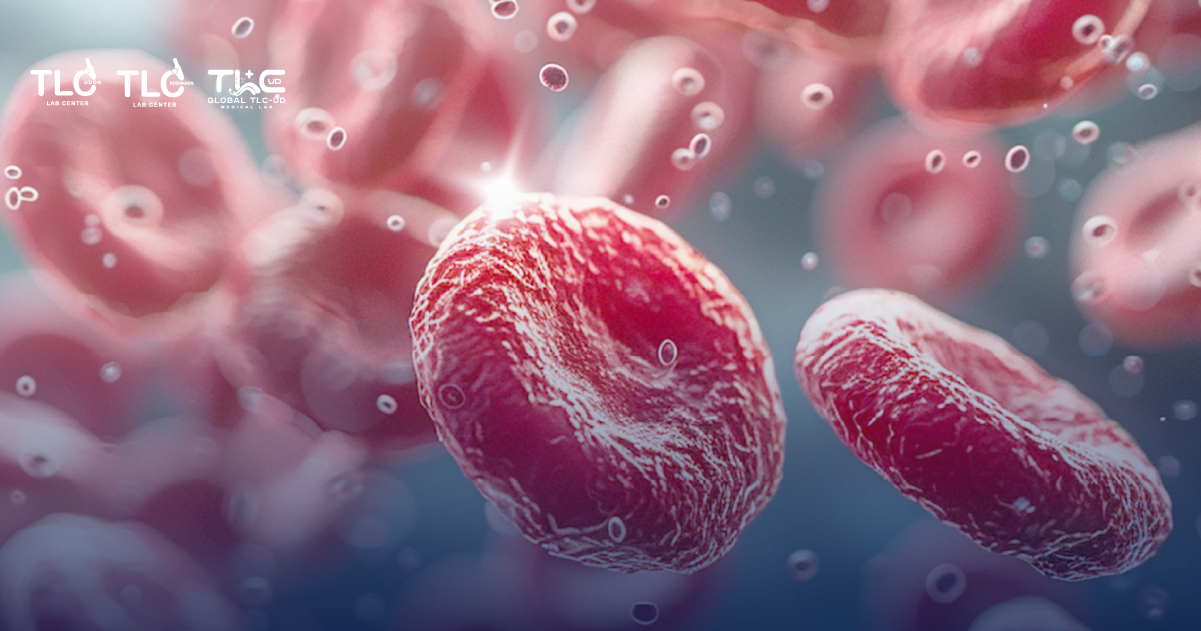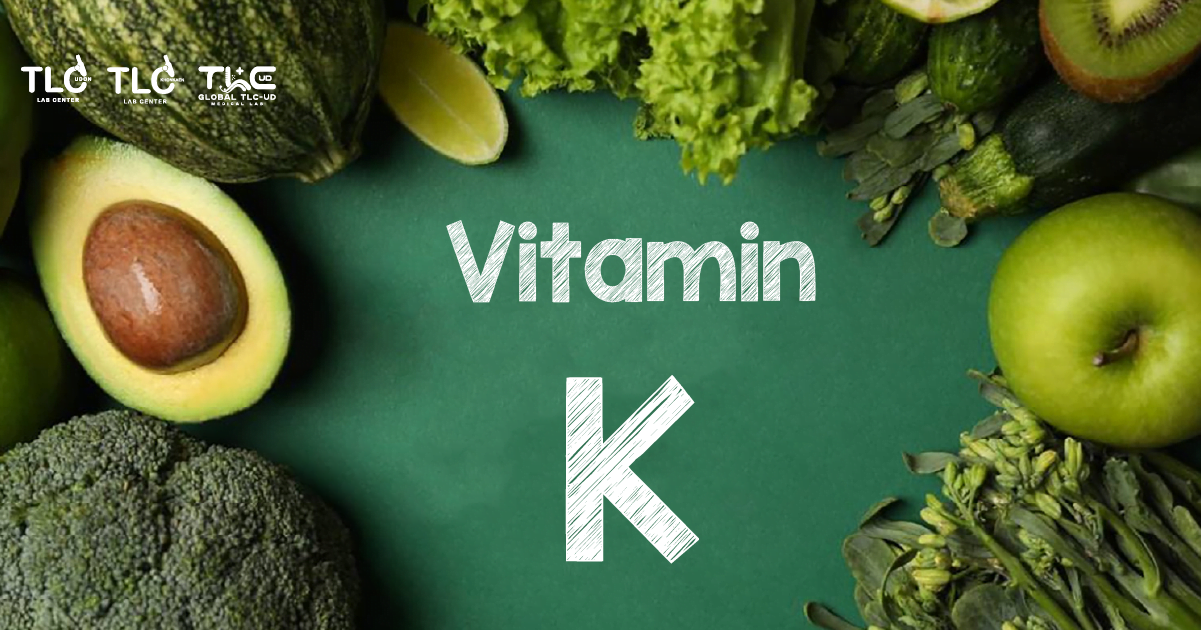What is Homocysteine?
Homocysteine It is an amino acid that will make other amino acids by virtue of vitamins B6, B12, and folic acid. If you lack these vitamins, then homocysteine is not change to be the other amino acids. It affects the homocysteine increasing in blood and destroy the inner walls of blood vessels. It causes the subsequent stimulation of blood clots and is a substance that directly causes damage to the inner walls of blood vessels.
Therefore, if there is an increase in homocysteine in the blood for a long time in a row, the inner walls of blood vessels begin to become rough and fatty deposits begin to accumulate. Eventually, it will become blocked or narrowed, which will negatively affect blood vessels throughout the body, especially small blood vessels such as coronary arteries. It leads to myocardial infarction due to ischemia and stroke, resulting in symptoms of paralysis or premature paralysis.
What does homocysteine do?
When homocysteine reacts with Vitamin B, homocysteine is converted into 2 substances:
- Methionine: An essential amino acid and antioxidant that synthesizes (builds) proteins.
- Cysteine: It is an essential amino acid synthesized from methionine, which reduces inflammation. It increases communication between immune-producing cells and keeps the liver healthy.
If homocysteine is too high, what happens?
- Healthy people: Homocysteine level: About 5-15 micromoles per litre (mcmol/L) Almost all homocysteine is converted into other proteins.
- Those with homocysteine levels of >50 micromoles per litre (McMillan/L) Too much homocysteine can damage the lining of the arteries (blood vessels that carry oxygenated blood throughout the body) and cause blood clots or blockages. Damage to arteries or blood clots increases the risk of heart attack.

Risk factors that result in high blood homocysteine
- Lack of vitamin B12, B6 or folate.
- Genetics
- Heart disease
- Eating too much protein
- Drinking alcohol, smoking, and caffeine.
- Rare genetic diseases such as Homocystinuria (when the body is unable to assess the functioning of methionine)
What are the risks associated with high homocysteine levels?
If left untreated, high levels of homocysteine can increase the risk of developing various diseases, such as:
- Blood clots
- Dementia
- Heart attack
- Heart disease
- Osteoporosis
- Stroke
When does homocysteine need to be tested?
It is recommended that homocysteine levels should be checked. If you are found to be at high risk of heart disease and have symptoms of vitamin B deficiency. Common symptoms of B vitamin deficiency include:
- Dizziness
- Exhaustion
- Muscle weakness
- Pale skin
- Tingling in the feet, arms, or hands
- Pain in the tongue or mouth
Other factors that cause high levels of homocysteine in the blood:
Abnormal homocysteine levels do not indicate that we have any medical conditions. Other factors that can contribute to elevated homocysteine levels in the blood include:
- Older age
- Masculine
- Excessive alcohol consumption
- Smoking

What are the characteristics of abnormal symptoms when homocysteine values are high?
The symptoms are similar to the symptoms of hyperlipidaemia. In the case of patients with cardiovascular disease or having paralysis – paralysis occurs. In the case of patients with problems of blood vessels in general, cerebral blockage may occur.
Regulates the level of homocysteine in the blood.
- Take vitamin B6, vitamin B12 and folic acid supplements (found in fruits and green vegetables).
- Avoiding or quitting smoking
- Consume less than 2,300 milligrams of sodium per day.
- Exercise at least 3 – 5 times a week.
- Reduce stress and relax your mind.
If you are at risk of stroke and want to protect yourself from this disease by checking your health.
The recommended list of tests for laboratory tests is as follows:
- Hs – CRP (High Sensitivity C-reactive Protein Test)
- Homocysteine
- Fibrinogen
- D-dimer
Although stroke is dangerous, if we know the warning signs of the disease, it will help us know if there is a risk.













